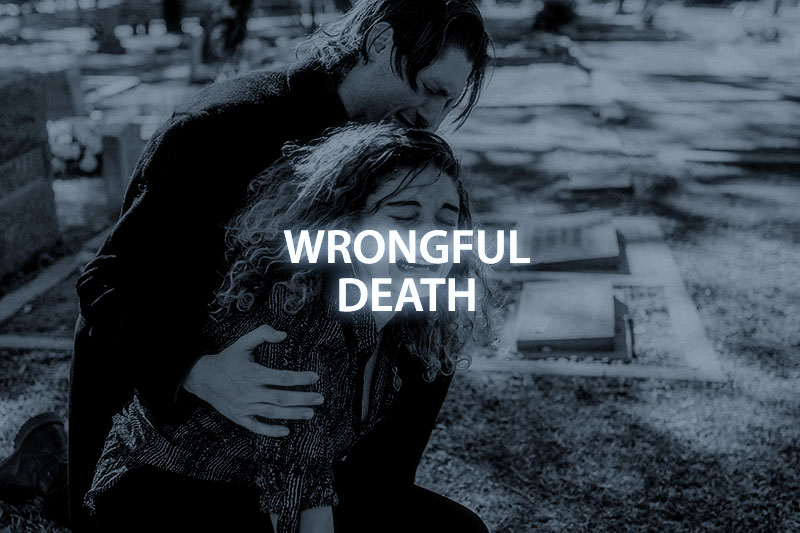The death of a loved one is always a profound and heartbreaking experience. When that death is the result of someone else’s negligence or wrongful acts, the emotional toll can be compounded by a sense of injustice. In California, the law provides a pathway for certain survivors to seek compensation through wrongful death claims. This comprehensive guide aims to shed light on the legal aspects of wrongful death claims in California, including eligibility criteria, types of damages, and the statute of limitations.
What Constitutes a Wrongful Death in California?
In legal terms, a wrongful death occurs when a person dies as a direct result of the negligence or wrongful act of another individual or entity. This can encompass a wide range of scenarios, including but not limited to, car accidents, medical malpractice, product liability, and criminal acts. The underlying premise is that the death would not have occurred but for the offending party’s breach of duty or harmful actions.
Who is Eligible to File a Wrongful Death Claim?
California law is specific about who may bring a wrongful death lawsuit to court. The following individuals are eligible:
- The deceased person’s surviving spouse or domestic partner.
- The deceased’s surviving children.
- If there are no direct survivors, anyone entitled to the deceased’s property by intestate succession (this could include parents or siblings).
- Additionally, in some cases, individuals such as stepchildren or parents who were financially dependent on the deceased may also be eligible to file a claim.
Types of Damages in Wrongful Death Claims
Damages in a wrongful death case are intended to compensate the surviving family members and the estate for losses resulting from the loved one’s death. These can be broadly categorized into economic and non-economic damages:
- Economic damages may include funeral and burial expenses, lost financial support, and the loss of benefits or gifts the deceased would have provided.
- Non-economic damages are more subjective and may encompass loss of companionship, affection, moral support, and in some cases, the monetary value of household services the deceased would have provided.
Understanding the Statute of Limitations
The statute of limitations is a law that sets the maximum time after an event within which legal proceedings may be initiated. In the context of wrongful death claims in California:
- The general rule is that a lawsuit must be filed within two years from the date of the individual’s death.
- However, there are exceptions that can extend or shorten this period, such as in cases involving medical malpractice or when the deceased’s death was caused by a government entity.
Navigating the Complexities
Wrongful death claims in California involve complex legal and factual issues. The process of proving negligence, determining the fair amount of damages, and navigating the statute of limitations can be daunting for grieving families. It is crucial for potential claimants to seek the guidance of an experienced wrongful death attorney who can help them understand their rights, gather necessary evidence, and represent their interests in court or in settlement negotiations.
Personal Injury Attorney Caryn Warren Can Help!
Losing a loved one unexpectedly leaves a void that no legal action can fill. However, California’s wrongful death laws provide a means for survivors to seek justice and some measure of financial security in the wake of a devastating loss. By understanding these legal avenues, families can take the first steps towards holding the responsible parties accountable and moving forward with their lives.
Navigating the aftermath of a loved one’s wrongful death is an emotionally fraught and legally complex process. It’s our hope that this guide serves as a useful starting point for those seeking to understand their rights and options under California law. Always remember, consulting with a qualified legal professional can provide clarity and support through this challenging time.
Personal Injury & Criminal Defense Services Available Throughout
Greater Sacramento, Yolo, Placer, and Solano Counties
Antelope, Arden-Arcade, Auburn, Benicia, Carmichael, Citrus Heights, Davis, Dixon, Elk Grove, Fairfield, Fair Oaks, Folsom, Galt, Gold River, Granite Bay, Iselton, Lincoln, Loomis, North Highlands, Orangevale, Rancho Cordova, Rio Linda, Rio Vista, Roseville, Rocklin, Sacramento, Suisun City, Vacaville, Vallejo, West Sacramento, Winters, Woodland

